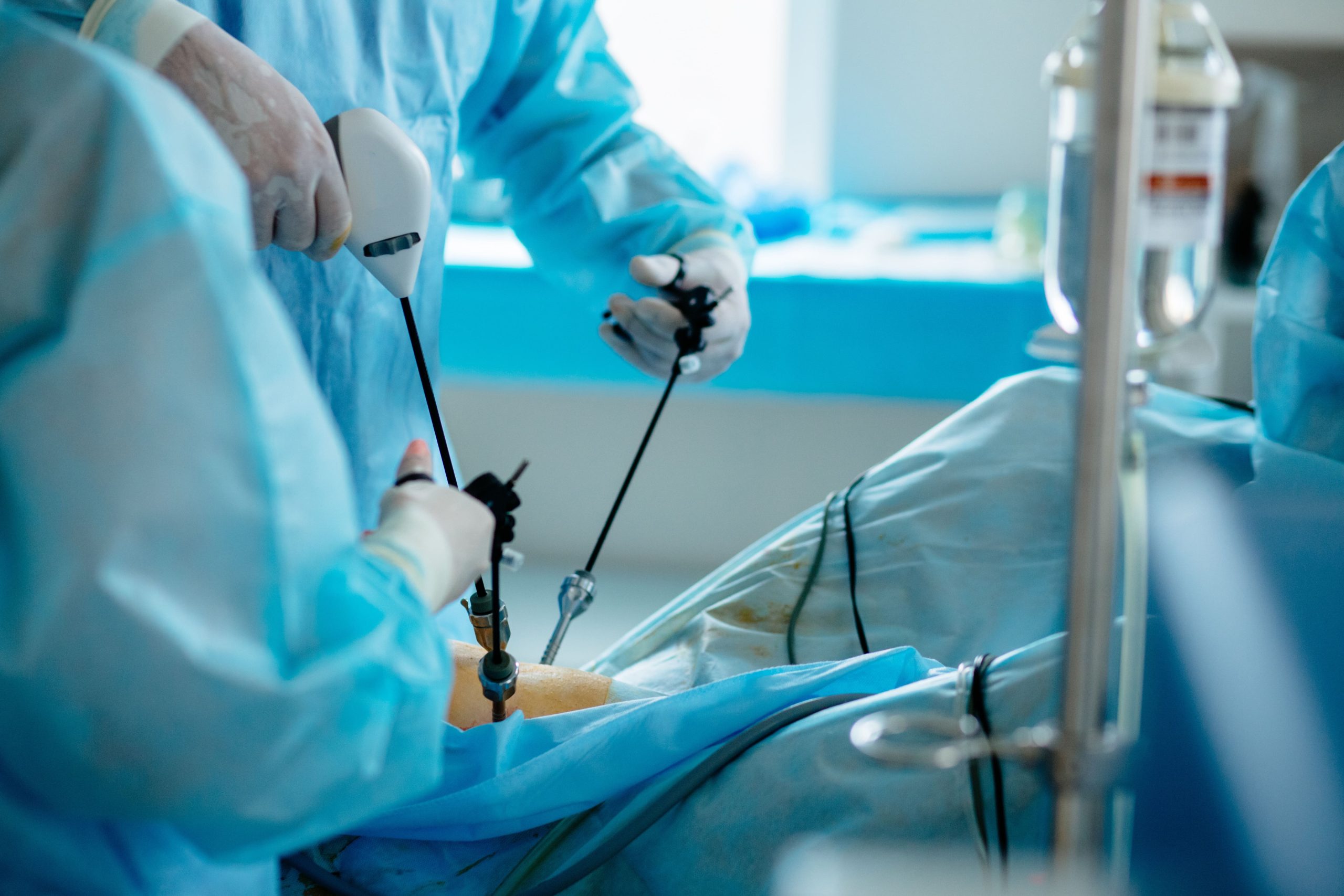Dealing with fibroids in the uterus can be tough, especially when they cause symptoms like heavy bleeding, pain and even fertility challenges. It’s natural to want a solution that works and helps you get back to feeling your best as quickly as possible. That’s why many women choose laparoscopic surgery. This minimally invasive procedure is known for its gentle approach, faster recovery, and fewer complications than traditional surgery.
Read on to find out more about laparoscopic surgery.
What Are the Benefits of Laparoscopic Surgery for Uterine Fibroids?
Laparoscopic surgery offers many benefits that can make recovery more manageable and less overwhelming. One of the best things about this procedure is how gentle it is on your body. With only a few small incisions, there’s minimal scarring and much less pain, which means you can start feeling like yourself again much sooner.
Many women are back to their daily routines within a few weeks—a much faster recovery than with traditional surgery. This approach is also a good option if you’re looking to preserve your fertility since it removes the fibroids while keeping your uterus intact.
Plus, with a shorter hospital stay and a lower chance of complications like infections, laparoscopic surgery is a safe and effective way to take control of your health and get back to living your life.
How Is Laparoscopic Surgery for Uterine Fibroids Performed?
Laparoscopic surgery is done under general anaesthesia, so you’ll be completely comfortable throughout the procedure. It starts with just a few tiny incisions in your abdomen, each about the size of a buttonhole.
Through one of these, your surgeon inserts a laparoscope—a thin, lighted tube with a camera—that lets them see your uterus in incredible detail on a screen. The fibroids are carefully removed using specially designed surgical tools inserted through the other incisions. Depending on their size and location, they might be taken out whole or gently broken into smaller pieces for easier removal.
Once the fibroids are removed, your surgeon will close the small incisions, leaving only minimal scarring. This precise, efficient process is the reason so many women choose laparoscopic surgery—it’s effective, minimally invasive, and gets you back on your feet faster.
Understanding Potential Risks and Complications
Laparoscopic surgery to remove fibroids in the uterus is generally safe. However, like any medical procedure, it’s important to be aware of the potential risks. In rare cases, there can be some bleeding during the operation, although this can be managed in most cases by the surgical team.
As with any surgery, there’s also a small chance of infection. In very rare instances, nearby organs like the bladder or intestines could be affected, and some women might develop adhesions or internal scar tissue after the procedure. Another thing to keep in mind is that fibroids can sometimes grow back after surgery. There is also the risk of rupture of the scar on the uterus in the next pregnancy – this risk can be minimized by proper attention to suturing during the surgery, as well as ensuring there is at least a 6 months gap between the surgery and becoming pregnant.
These risks are uncommon, and working with a skilled, experienced surgeon can minimise them.
Preparing For Laparoscopic Surgery
Getting ready for laparoscopic surgery is essential to ensure everything goes smoothly. Taking the time to prepare properly can help set you up for the best possible outcome.
Here’s what to expect:
- Medical Evaluation: Your doctor will thoroughly evaluate, including imaging tests, blood work, and a medical history review.
- Medication Adjustments: You may need to stop certain medications like blood thinners before surgery.
- Fasting: You’ll likely be instructed to not eat and drink for several hours before the procedure.
- Lifestyle Adjustments: Quitting smoking and maintaining a healthy weight can improve surgical outcomes.
- Pre-Operative Instructions: Your doctor will give specific instructions to follow in the days leading up to surgery.
Adhering to these guidelines ensures you’re in the best possible condition for the procedure.
What to Expect During Recovery and Post-Operative Care
Recovering from laparoscopic surgery is usually quicker and more comfortable compared to traditional surgery, which is one of its biggest advantages. Here’s what you may experience:
- Immediate Post-Surgery: You may have mild discomfort, bloating, or soreness around the incision sites. Pain medication will be provided as needed.
- Activity Restrictions: Avoid heavy lifting, strenuous exercise, and sexual activity for a few weeks.
- Follow-Up Appointments: Your doctor will monitor your recovery and address any concerns during follow-up visits.
- Healing Process: Most women feel well enough to return to work and normal activities within two weeks.
- Long-Term Results: Regular check-ups can help ensure that fibroids don’t recur and that your overall reproductive health remains optimal.
By following your surgeon’s advice and prioritising self-care, you can recover smoothly and enjoy the benefits of the surgery.
Laparoscopic Surgery for Uterine Fibroids by Dr. TC Chang
Laparoscopic surgery is convenient for women who want to remove uterine fibroids and improve their overall well-being. If you’re considering it, Dr T C Chang’s personalised care and commitment to excellence can make the difference in your journey to recovery.
Dr T C Chang is an experienced specialist in laparoscopic surgery for uterine fibroids. His expertise in minimally invasive techniques ensures you’re in capable hands, and he takes the time for thorough evaluation, tailoring his approach to suit individual needs.
Book a consultation to learn if laparoscopic surgery is for you.



